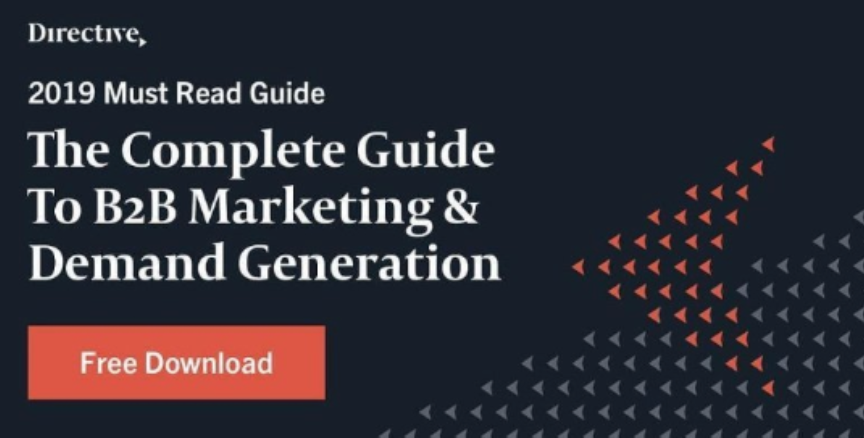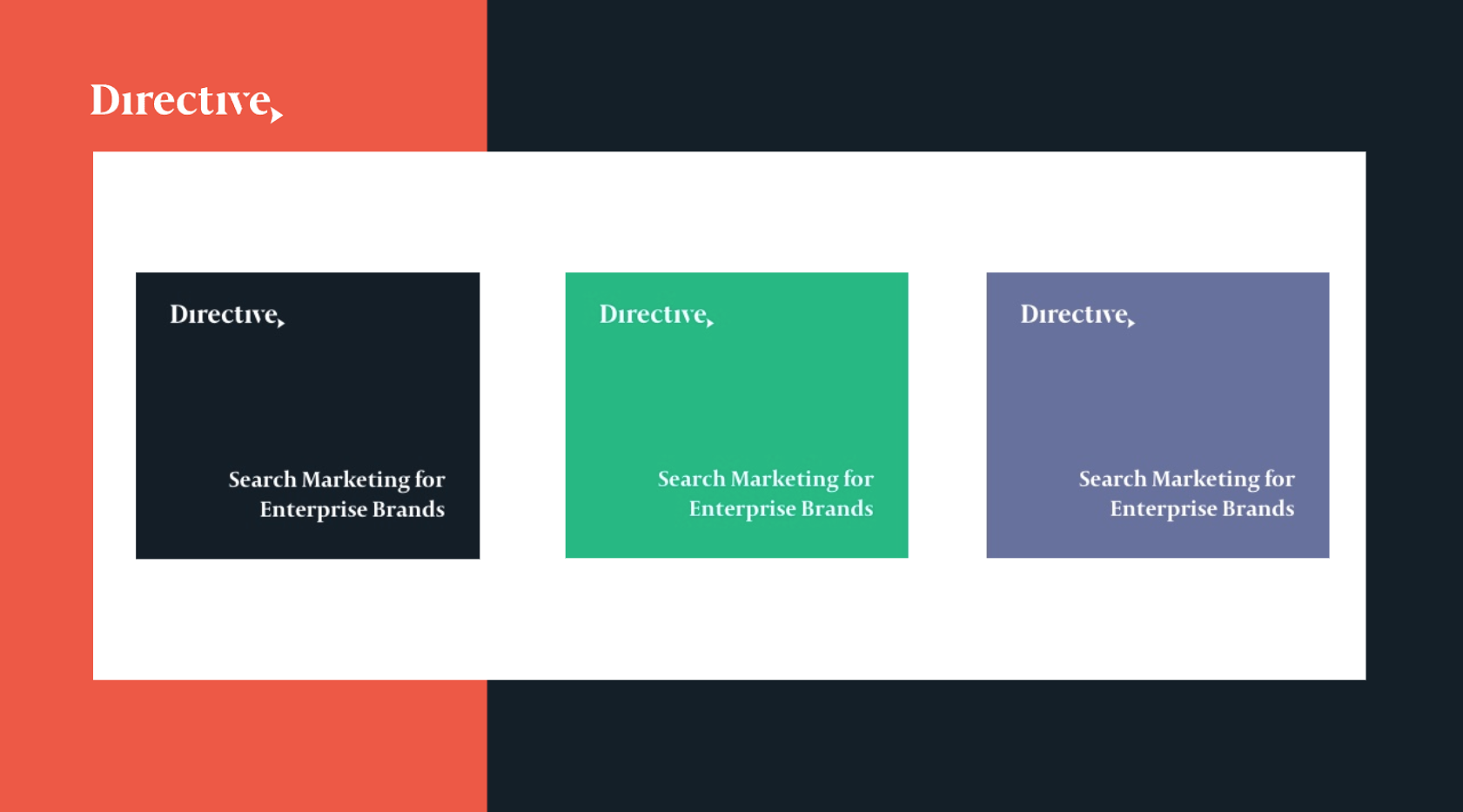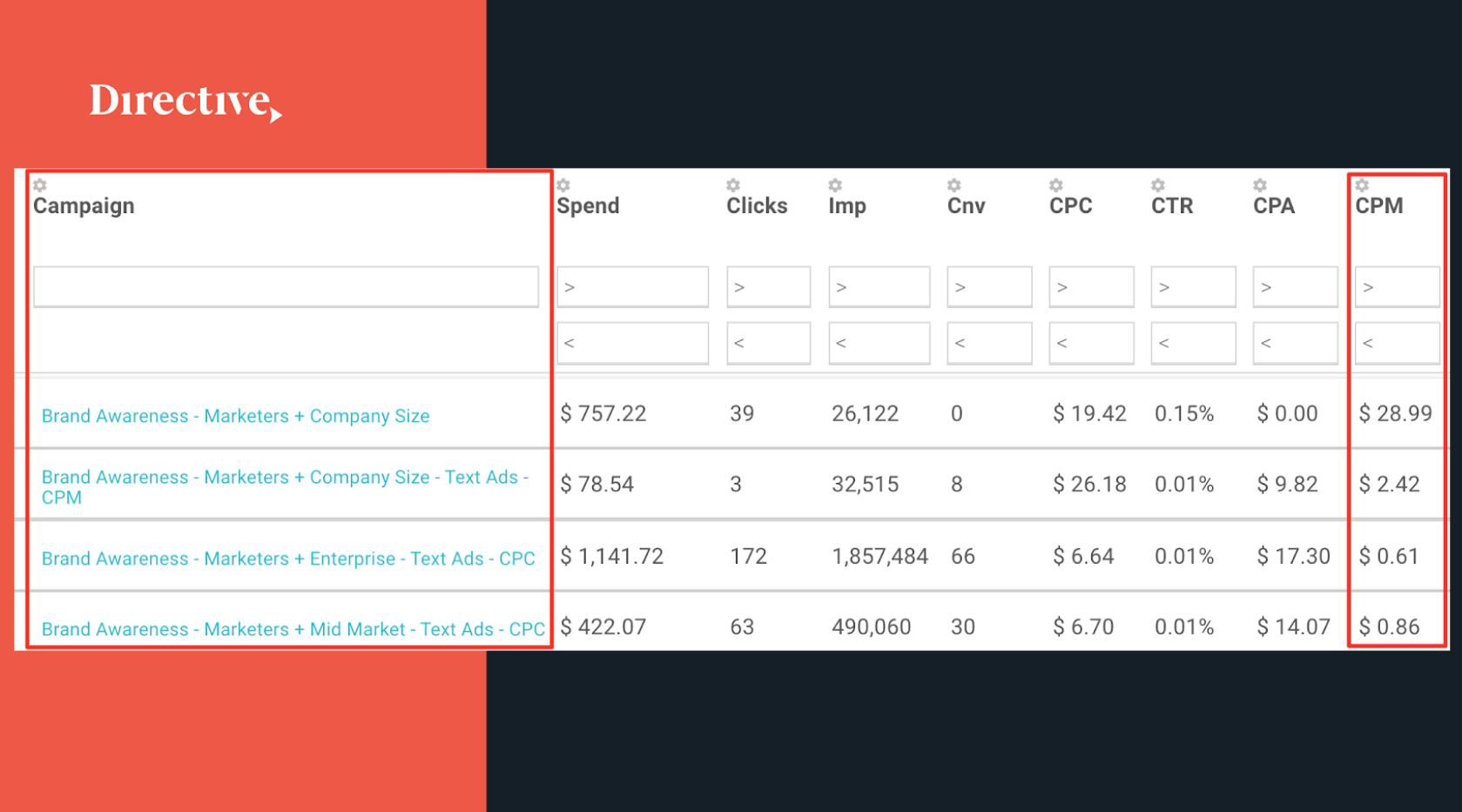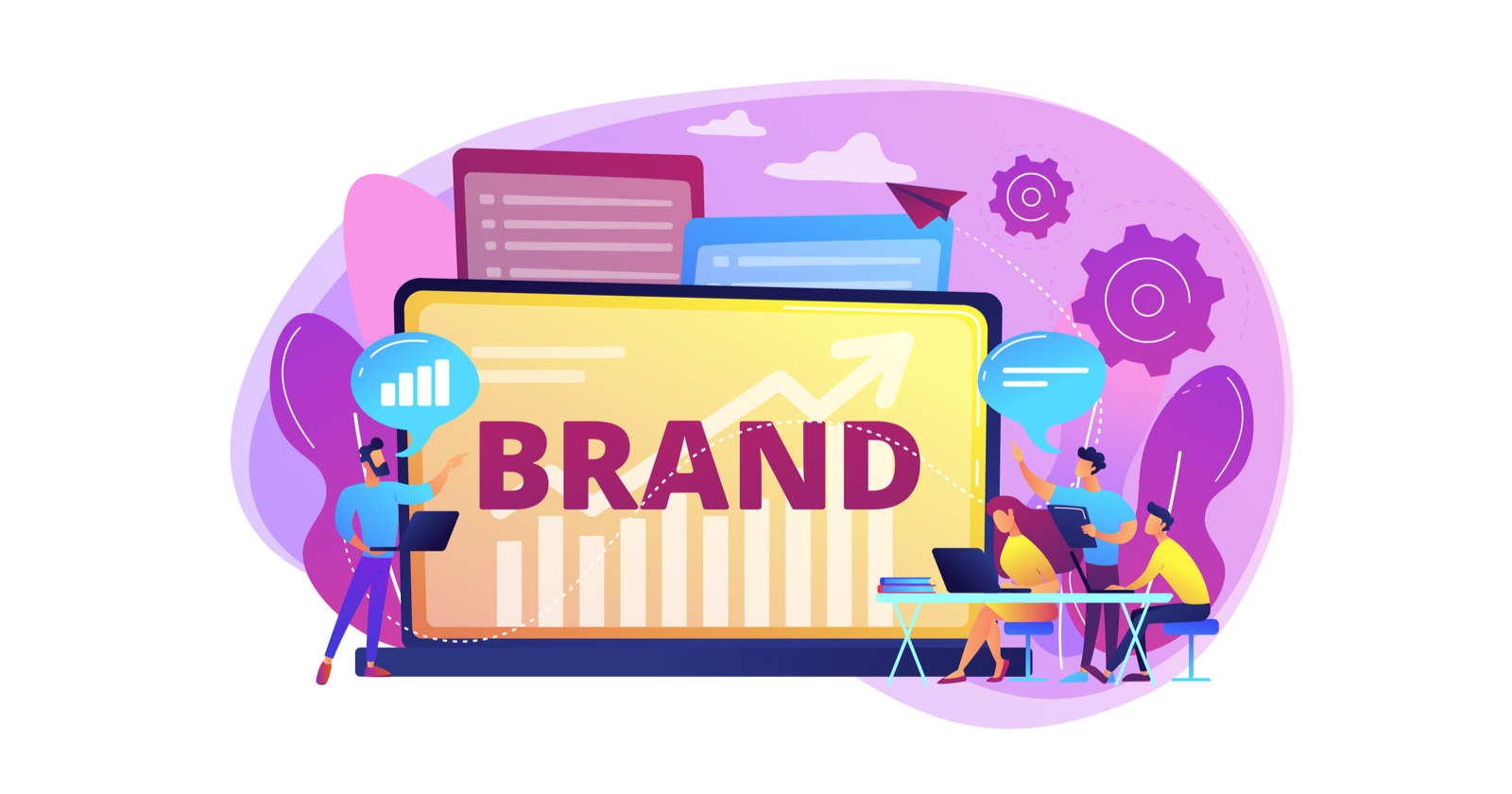Ben bir arama pazarlamacısıyım. Herhangi bir pazarlama kampanyası başlatmadan önce her zaman anahtar kelime araştırması yaparım, kendime engel olamıyorum.
Bir şey için basında yer aldığımızı duyduğumda, hemen bir bağlantı alıp almadığımızı ve hangi sayfayı işaret ettiğini görmek için bakarım.
Arama kelimenin tam anlamıyla kanımda var.
Ancak, ne yazık ki, bir arama pazarlamacısı olarak, markam için izlenim oluşturmanın önemini büyük ölçüde azalttım.
Bu sektöre girerken öğrendiğim, uyguladığım ve izlediğim her şey bana bir dijital pazarlamacı olarak tek işinizin trafiği, olası satışları, fırsatları, anlaşmaları ve geliri artırmak olduğunu öğretti.
Ve en iyisi olmak istiyorsanız, hepsini takip edebilmelisiniz. Bir şeyi takip edemiyorsanız, ona güvenilemez veya değer verilemez.
Bu, günümüz pazarındaki arama pazarlaması kültürüdür ve yanlıştır.
Farkındalığı unuttuk
Reklamverenler olarak, insanlık tarihinde şimdiye kadar sahip olduğumuz en iyi hedeflemeye sahibiz.
Kelimenin tam anlamıyla tam kişiliğimize reklam verebiliriz.
Yine de, farkındalık oluşturmadan önce olası satışları ve ilgiyi artırmaya çalışmakta ısrar ediyoruz. Sanki hepimiz bir şekilde huninin ilk kısmını unutmuşuz gibi.
Bunun için suçlu olduğumu biliyorum.
Beş yıl boyunca marka bilinirliği için en ufak bir göz kırpma bile reklam vermedim.
Dağlamak? Farkındalık? Hadi ki... Potansiyel müşterileri ve geliri artırıyorum. Bu reklamlar tıklama bile almıyor, nasıl değerli olabilirler ki. Para kaybı gibi görünüyor. Müşterimin bütçesi sınırlı, farkındalığı artırmak için neden gelir getiren kampanyalardan para çekeyim?
Benim yaklaşımım buydu.
Tanıdık geliyor mu?
Kelimenin tam anlamıyla sektörümüz, müşterilerimiz ve yönetim ortamımız tarafından böyle düşünmemiz için beynimiz yıkandı.
Gerçek şu ki, markanız için farkındalık oluşturmak için reklam bütçenizin en azından küçük bir yüzdesini almanız gerekir.
Yalnızca gelirden marka önceliğine uzanan yolculuğum
Peki, izleme, ilişkilendirme, finansal modelleme ve olası satış yaratma konularına takıntılı bir adam nasıl oldu da marka reklamcılığına kapıldı?
Potansiyel müşteri yaratmayı başardığım için marka reklamcılığına vuruldum... ve hala başarısız oldu.
Geçen yıla kadar uzanıyor. Ücretli sosyal medyadan potansiyel müşterileri nasıl çekebileceğimizi bulmak için özenle çalışıyordum.
Kişiliğimizin tam olarak kim olduğunu biliyorduk ve satış geliştirme ve hesap yürütme ekibimizin onları fırsatlara, anlaşmalara ve gelire dönüştürebilmesi için onları potansiyel müşterilere dönüştürmek istedik.
İşte öğrendiklerimiz.
Tatlı Prensimize, LinkedIn'e Girin
Büyük ücretli sosyal kanallarla deneyimimiz vardı, ancak belirli hedeflemelerin Facebook'tan kaldırılmasından bu yana hedeflemenin (B2B için) büyük ölçüde sınırlı hale geldiğini biliyorduk. Bu nedenle karar verdik LinkedIn (İngilizce) en iyi başlangıç noktamız olacaktır.
Ayrıca, potansiyel müşteri yaratma çabalarımızın, tanıtımını yaptığımız varlığın kalitesiyle başlayıp biteceğini de biliyorduk.
Bu nedenle, hedef kitlemizde yankı uyandırdığını düşündüğümüz varlıklar yaratarak başladık. Yarattığımız ilk büyük varlık, B2B pazarlama ve talep yaratma için bir rehberdi.
It did OK. Nothing special, but we were converting at around 14%.
And of recent, we were running lead generation ads so that we could remove the friction of a landing page, but we knew we could get more out of the platform.
So we dove into the LinkedIn pixel and found that certain job titles were performing much better for us (lower CPA) than others.
This is when we took a concept from our paid search campaigns, single keyword ad groups (SKAGs), and came up with the idea of building SPAGs (singe persona ad groups).

We took the asset above and took it from being a generic asset, “The Guide to B2B Marketing and Demand Generation“ and turned it into a personified asset, “The VPs Guide to B2B Marketing and Demand Generation.”
Seems simple, but it took our conversion rate from around 14% to over 60%.

One small tweak, SPAGs, that required us to change only our creative and cover page of our asset allowed us to target all of our personas: VP, Director, and Manager, without having to increase content resources.
Pretty cool!
We were ecstatic.
But it failed.
Now you might be thinking, how in the world does a campaign targeting your exact persona that converts at over 60% (them giving us their contact info) fail?
Math. Sometimes it’s a real buzzkill.
You see, we ran all of our data through our customer acquisition cost (CAC) model and we found out that our sales development team and marketing automation campaigns were unable to monetize our campaigns effectively when compared to buying the same lead for $1 from ZoomInfo.
Why is this?
Intent.
We got some tough, but insightful feedback from our sales development team:
“Every time we call one of the leads they have not read the asset yet so it’s really hard to get them to a meeting or even to move them down the funnel. How much are these leads costing anyway?”
We answered that the leads were costing us around $20.
Sales development was shocked. $20 for a lead that has no intent? Why?
This is when my brain started to go crazy.
Why did I feel like it was my responsibility as a marketer to drive leads to sales development if I could not infer intent from social media?
Everything I had been taught, read, and experienced said it was my job to drive leads, opps, deals, and revenue.
Could that be in jeopardy?
Well, partly, yes.
You see, our sales development team, made a great case.
Why should we pay $20 for a lead that has the same intent as a lead we could buy for $1?
I could not think of one good reason. If it’s not about marketing getting credit as a contributor then I couldn’t see how lead generation (without intent) makes sense when modeling the data out in a financial model.
So what do we do?
Should we just not run social media and display ads?
It felt like such a waste to me as a marketer. I was desperate to discover a better way to advertise to our personas that made financial sense.
Enter Impression-Based Campaigns
At this point in our story, I think it’s important to point out the strength of our marketing: discoverability.
My company is very discoverable at the bottom of the funnel when there’s purchase intent.
We show up well organically for purchase-intent keywords and on third-party review sites that rank well for terms that our buyers searches when they are at the proposal stage.
That’s great and all, but what about the percentage of our total addressable audience that doesn’t search?
And, even if people do search and find us (amongst other competitors) would they favor us over other options if they have no awareness of our brand?
I figured that these questions warranted testing.
So, I went to our team and worked with them to come up with a brand campaign whose whole purpose would be to drive brand impressions on our exact persona.
We knew people wouldn’t click our ads and we didn’t want to turn them into leads.
We simply wanted to drive awareness to our exact persona (or people in the market for our services).
Here are the ads we went with:

The results?
We were able to drive around 1.8 million impressions on LinkedIn for about $1,000. But we had to learn a few things to get there.
As you can see below, we launched with in-feed ads. These were prohibitively expensive. So we explored different ad units and landed on text ads.
We first ran these on a CPM basis. I mean we are trying to build impressions, right?
Luckily, we split-tested CPM bidding against CPC bidding. Boy, am I glad we did that.
We found that because LinkedIn struggles so much at driving clicks for text ads that if your goal is impressions you will get a much lower CPM on LinkedIn by doing CPC based bids.
This is because LinkedIn accelerates your impressions trying to drive clicks, but because they have such a poor click-through rate (CTR) you end up getting more impressions then if you simply targeted those in the first place.

OK, this is great and all, but what was the ROI?
Answer, I have no clue.
I wish that I did, but unfortunately, it’s incredibly difficult to track ROI from impressions at this date.
What I can tell you is that since launching, every one of our core KPIs has increased and we are talking with the brands we always dreamed of working with who we were not able to consistently drive form fills from before.
Most of these in our attribution are being attributed to direct.
Coincidence? I think not.
Conclusion
I would encourage you to take some of your budget from your ad campaigns and start building impressions for your brand. It’s worth the money.
It doesn’t matter if you are a local donut shop who spends $10 a day driving awareness to people within walking distance of your shop or if you are a global conglomerate who needs to drive sales across the world.
Brand awareness matters.
At a CPM of $0.15 on Google’s Display Network and $0.60 on LinkedIn, I can not think of one good reason to not build impressions on people looking for what you offer or who fit your exact persona.
I hope this story helps you. Give it a shot and let me know your experience in the comments!
More Resources:


